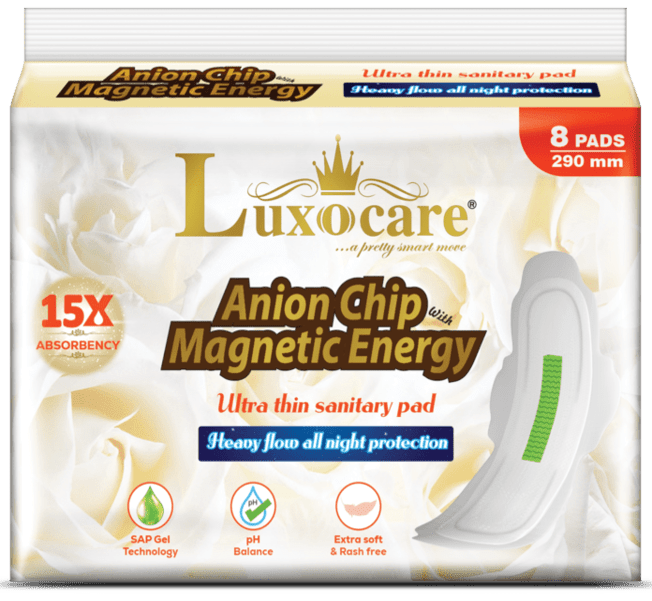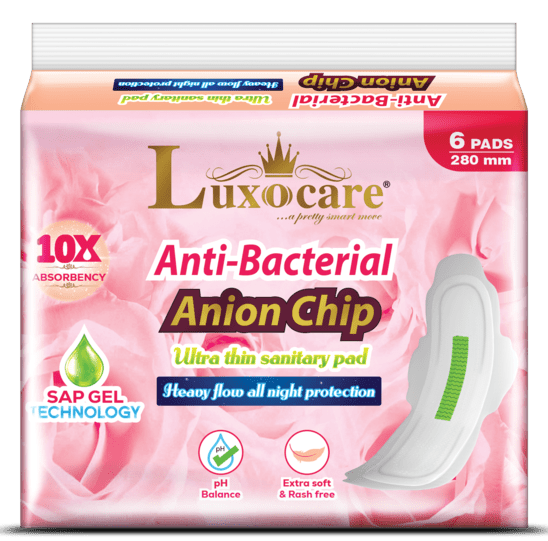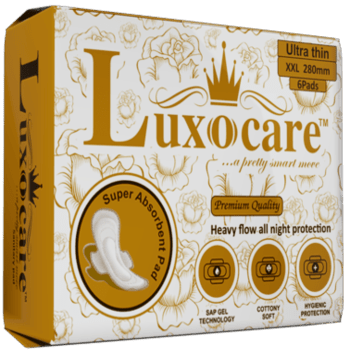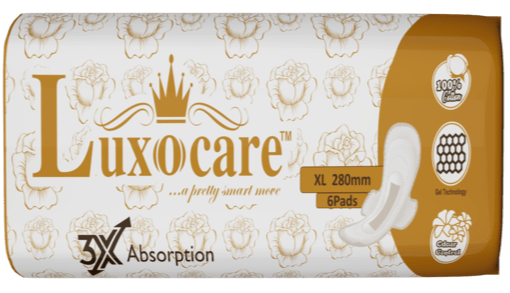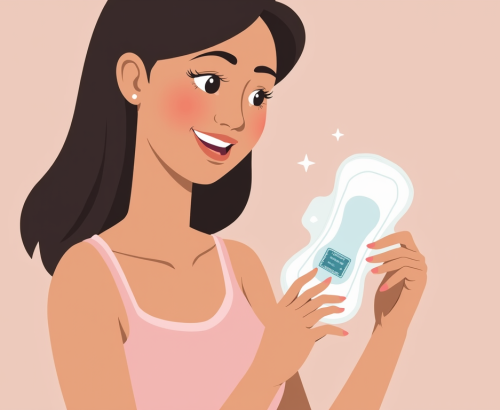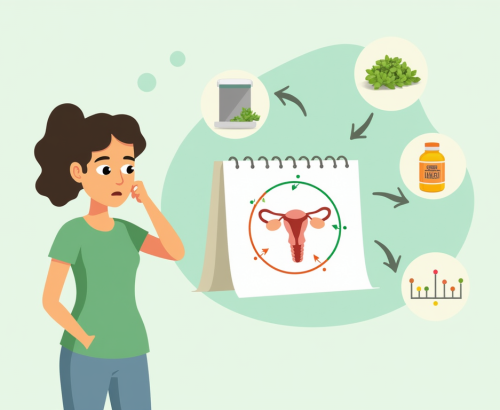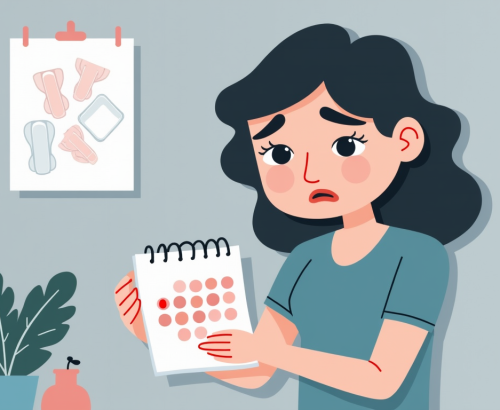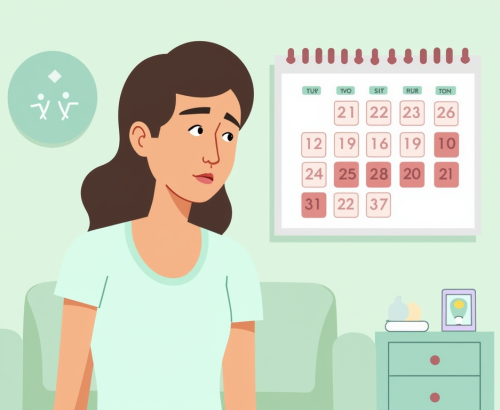
Ensuring maximum leak protection with sanitary pads is crucial for staying comfortable and confident throughout your period. Here’s a comprehensive guide on how to use sanitary pads effectively to prevent leaks, ensuring you remain protected and dry.
Choose the Right Pad
1. Absorbency Level
High Absorbency: Select pads with high absorbency for heavy flow days. Pads labeled as “super” or “overnight” are often designed to handle more fluid and provide better protection.
Day vs. Night: Use overnight pads with extra absorbency for nighttime to ensure extended protection. For daytime, choose pads that suit your flow and comfort needs.
2. Length and Coverage
Longer Pads: Opt for longer pads to provide extended coverage and reduce the risk of leaks from the front and back. Longer pads offer more surface area to absorb fluid.
Wings: Pads with wings help secure the pad in place and provide additional protection against side leaks. Ensure the wings are properly folded around the sides of your underwear.
3. Thickness and Material
Thicker Pads: While thinner pads are available, thicker pads often provide better absorbency for heavy flow. Select a thickness that balances comfort and protection.
Breathable Materials: Choose pads made from breathable materials to reduce moisture build-up and keep your skin dry, which helps in leak prevention.
Proper Placement
1. Correct Positioning
Center the Pad: Place the pad in the center of your underwear to ensure it covers the entire area. This prevents the pad from shifting and reduces the risk of leaks.
Align with Underwear: Make sure the pad aligns with the seams of your underwear to avoid any gaps that could lead to leaks.
2. Securing the Pad
Adhere Properly: Press down on the adhesive strips to ensure the pad sticks securely to your underwear. This prevents the pad from moving out of place.
Check Fit: Adjust the pad if necessary to ensure it fits snugly and covers the entire area.
During Your Period
1. Regular Changes
Frequent Changes: Change your pad regularly, even if it doesn’t feel full. This helps maintain freshness and reduces the risk of leaks. For heavy flow days, you may need to change pads more frequently.
Before Bedtime: Change to a fresh pad before going to bed to ensure maximum protection throughout the night.
2. Double Up If Needed
Additional Protection: For very heavy flow or during intense physical activities, consider using a combination of a pad with a tampon or menstrual cup for added protection against leaks.
Managing Leaks
1. Use a Backup Plan
Mattress Protection: Use a mattress protector or waterproof bed pad to safeguard against accidental leaks during the night.
Extra Linens: Keep extra sheets or blankets handy in case of leaks to make clean-up easier and maintain a comfortable sleep environment.
2. Check for Signs
Early Detection: Check for any signs of leaks periodically, especially if you have a heavy flow. Setting an alarm for nighttime checks can help prevent leaks from occurring.
After Use
1. Proper Disposal
Secure Disposal: Fold the used pad securely and dispose of it in a sanitary manner. Most pads come with disposal pouches or wrappers for this purpose.
Hand Hygiene: Wash your hands thoroughly after handling used pads to maintain hygiene.
2. Clean-Up
Laundry: If any leaks have occurred, clean and sanitize any affected bedding or clothing promptly.
Fresh Start: Begin the next day with a fresh pad to ensure continued protection and comfort.
Tips for Choosing the Right Pad
1. Read Product Reviews
Customer Feedback: Look for reviews and ratings to find pads that are highly rated for leak protection. Reviews can provide insights into the effectiveness and reliability of different products.
2. Experiment
Trial and Error: It may take trying several brands and types of pads to find the one that works best for your flow and comfort needs. Pay attention to how well each pad prevents leaks and how comfortable it is.
3. Consult a Healthcare Provider
Professional Advice: If you have concerns about your menstrual flow or need recommendations based on your specific needs, consult a healthcare provider for personalized advice and solutions.

